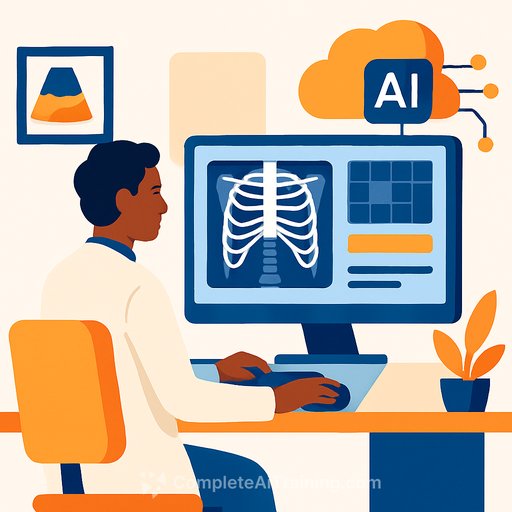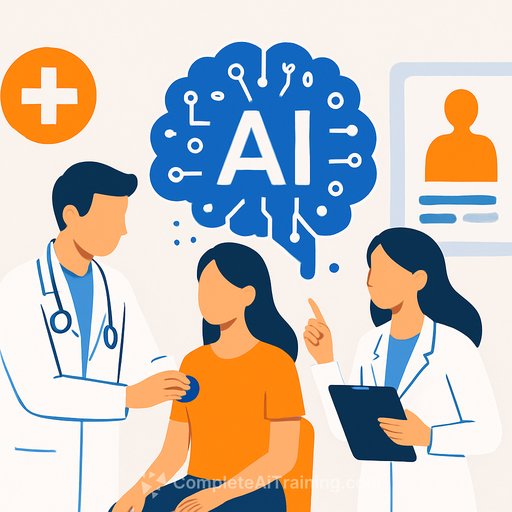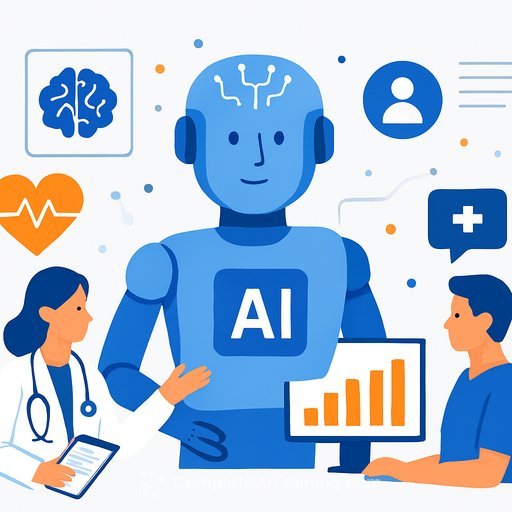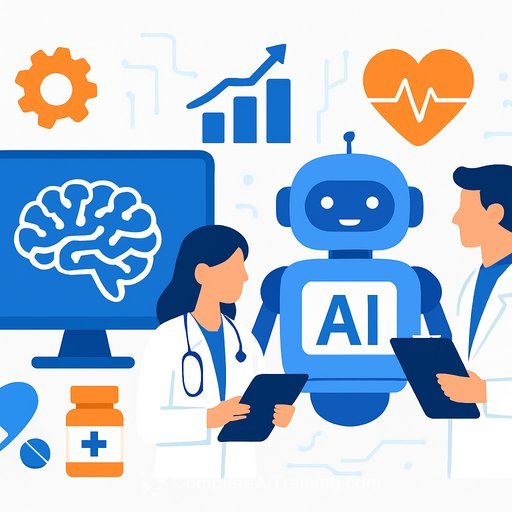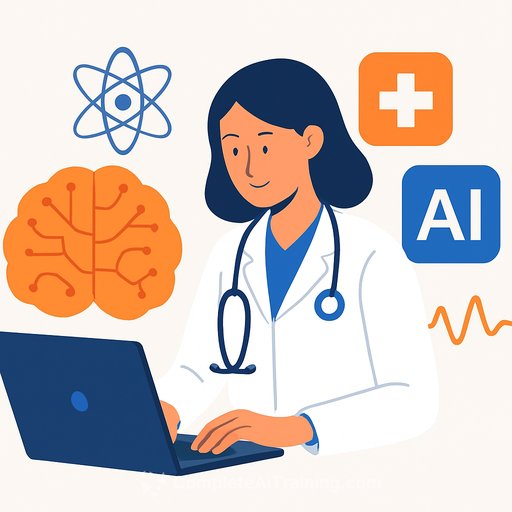Artificial Intelligence in Radiology: Insights from Nina Kottler, M.D.
Nina Kottler, M.D., Associate Chief Medical Officer for Clinical AI at Radiology Partners, shares how artificial intelligence has advanced in radiology since 2021. She highlights significant improvements in summarization and pathology detection, and introduces MosaicOS, a new cloud- and AI-native operating system created to improve radiology workflows.
Evolution of AI in Radiology
Back in 2021, AI's main contributions to radiology were twofold: summarizing patient information from electronic health records (EHR) to give radiologists a better clinical history, and detecting pathologies in images to prioritize worklists. Today, these functions have grown more sophisticated.
Summarization has become easier and more effective thanks to foundation models. Unlike traditional natural language processing, which required extensive data labeling, foundation models inherently understand and extract information, summarize findings, and can even translate content for different audiences.
While pathology detection remains important, the challenges radiology faces have shifted. The demand for imaging is growing faster than the number of available radiologists, leading to staffing shortages and even closures of some radiology departments. This shortage makes improving workflow efficiency critical.
MosaicOS: A New Operating System for Radiologists
Radiology Partners developed MosaicOS to address fragmented technology use among radiologists. Dr. Kottler describes her typical workstation consisting of multiple screens and separate systems for image viewing, worklists, dictation, and more. Each component often comes from different vendors with minimal integration, forcing radiologists to switch between numerous tools constantly.
MosaicOS was built from the ground up without legacy constraints, combining these components into a single, cloud-native, AI-native platform. It acts like an operating system with modular apps that can be added over time, streamlining the radiologist's workflow and reducing toggling between tools.
Importantly, MosaicOS can overlay existing Picture Archiving and Communication Systems (PACS), allowing health systems to retain their current infrastructure while benefiting from new AI innovations. This flexibility supports a smoother transition and faster adoption.
Rollout and Future Plans
Radiology Partners plans to implement MosaicOS across its affiliated practices and offer it to external health systems. Due to the urgency of staffing shortages and imaging volume growth, rollout efforts will occur in parallel rather than sequentially.
To support this expansion, Radiology Partners is establishing a new technology services division focused on deploying and supporting MosaicOS. This move marks a shift from being solely a tech-enabled radiology practice to becoming a technology provider.
Challenges Beyond Technology
Dr. Kottler emphasizes that technology alone isn’t enough. Many hospitals use AI superficially because they lack proper integration and user training. Effective AI deployment requires ongoing model validation, continuous monitoring, and comprehensive change management to ensure radiologists can fully leverage the tools.
MosaicOS aims to simplify these aspects by providing a unified platform that supports both technology and the necessary operational processes for successful AI adoption.
- AI now leverages foundation models for more effective patient data summarization.
- Pathology detection remains key but workflow efficiency is now the critical focus.
- MosaicOS integrates fragmented radiology tools into a single cloud-native system.
- The system overlays existing PACS, enabling gradual adoption without full infrastructure replacement.
- Successful AI use depends on integration, training, and ongoing validation beyond the technology itself.
With AI transforming radiology workflows and addressing staffing shortages, MosaicOS represents a practical step towards managing increasing imaging demands. For healthcare professionals interested in AI applications, ongoing learning and adaptation will be essential.
For those looking to expand their knowledge in AI and healthcare technology, exploring specialized courses can provide valuable skills for the evolving landscape.
Learn more about relevant AI training options at Complete AI Training.
Your membership also unlocks:

